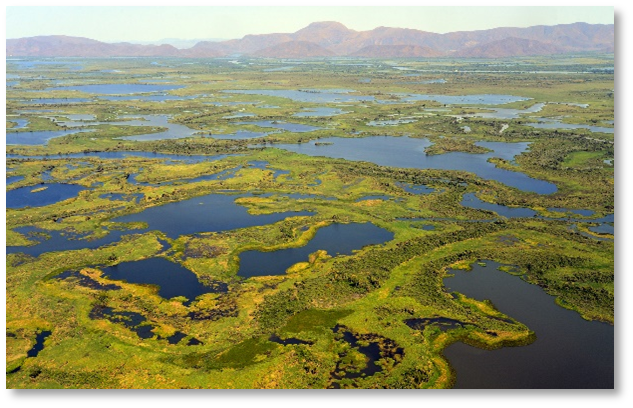Types of Inland Waterways
There are many types of inland waterways. Each type of inland waterway has its own characteristics.
Billabong
A backwater channel that forms a lagoon or pool. A branch of river running to a dead end.
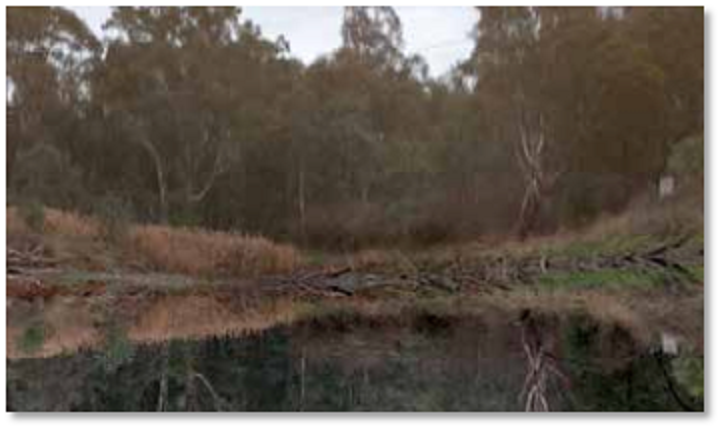
Canal
An artificial waterway constructed for navigation, irrigation or waterpower.
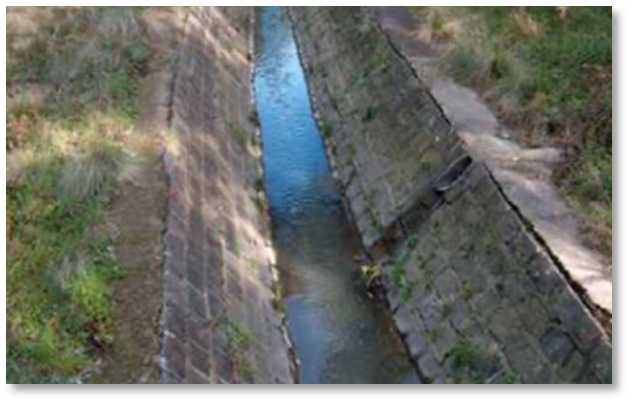
Creek
A small stream or tributary that may be fed by other rivers often characterised by intermittent flow.
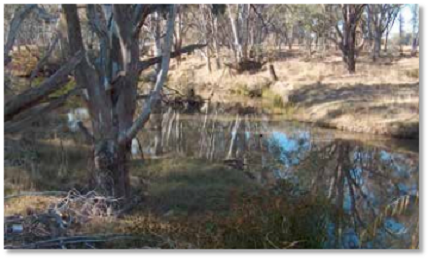
Dam (Commercial)
An enclosed body of water with banks or barriers on all sides. Can be created by a barrier of concrete, earth, etc. May be used for a domestic water supply. Varying in size and depth, commercial dams are usually owned by corporations or government.
Dam can also refer to the barrier creating the body of water (see 'Features of Inland Waterways').
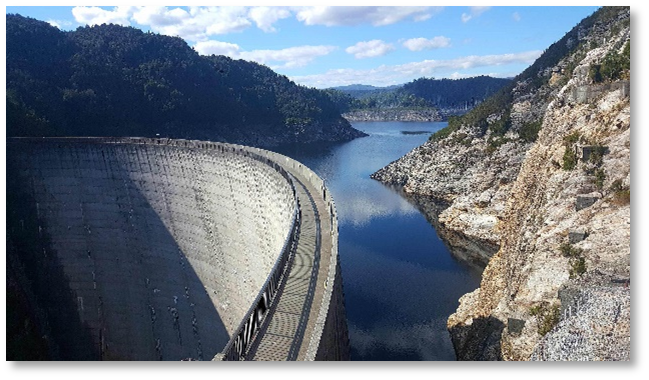
Dam (Farm)
A reservoir created by a barrier of concrete, earth, etc. found usually on rural property and may be used for domestic water supply, or farm use around the home environment. The body of water may vary in size and depth.
Dam can also refer to the barrier creating the reservoir (see Features of Inland Waterways).
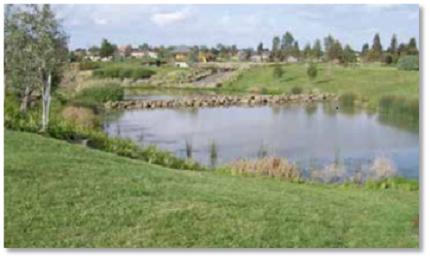
Estuary
Part of a river or stream or other waterway having connection with the open ocean, where freshwater mixes with salt water. It is subject to the ocean tides and its effects.
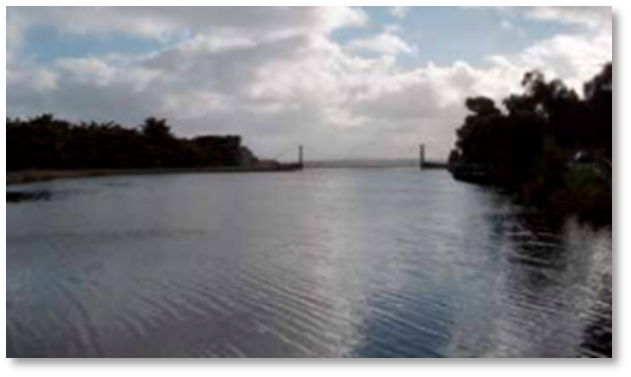
Harbour
A sheltered area of water where ships or other watercraft can anchor.
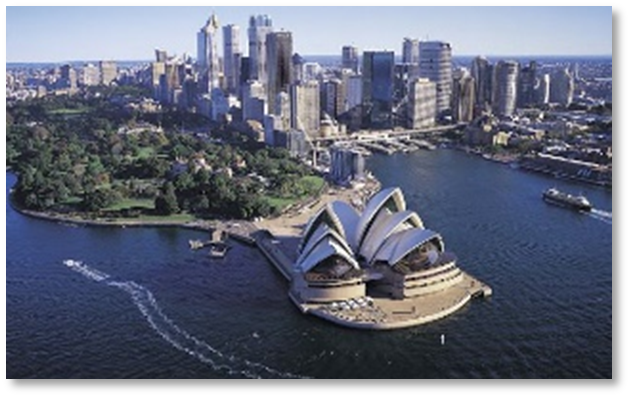
Irrigation Channel
A built structure that facilitates the movement of water from one location to another, from a supply area (e.g. a river or dam) to be distributed for agricultural purposes. Can includes culverts on farms.

Lagoon
A small, pond-like body of water, which may be connected with a major body of water. A lagoon may also be an area of shallow water separated from the sea by low sandy dunes. Water bodies include rock pools and gorge pools fed by waterfalls or rivers. Lagoons can be salt water or fresh water.
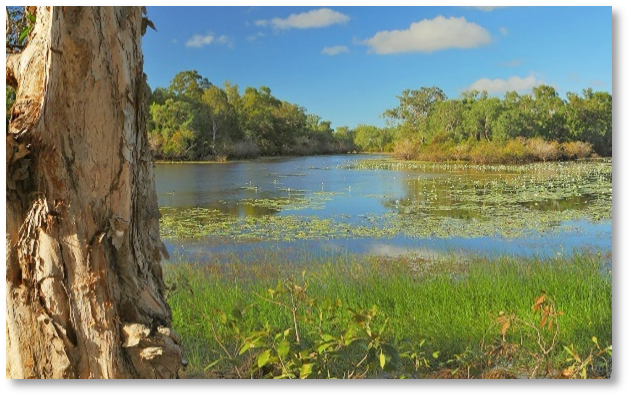
Lake
An expanse of water surrounded by land and unconnected to the sea except by rivers or streams, may contain fresh water or salt water.
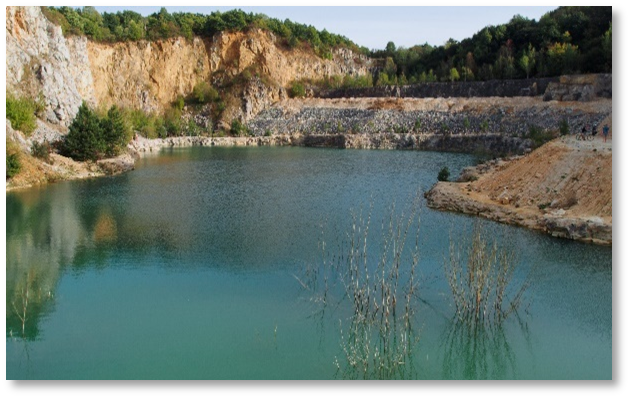
Ornamental Water Body
A body of water created artificially and purely for architectural or aesthetic effect.
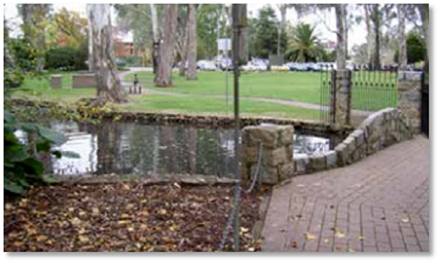
Pond
A pool of still water, often artificially created, often containing fish, plants, and other ornamental features. May vary in size and depth.
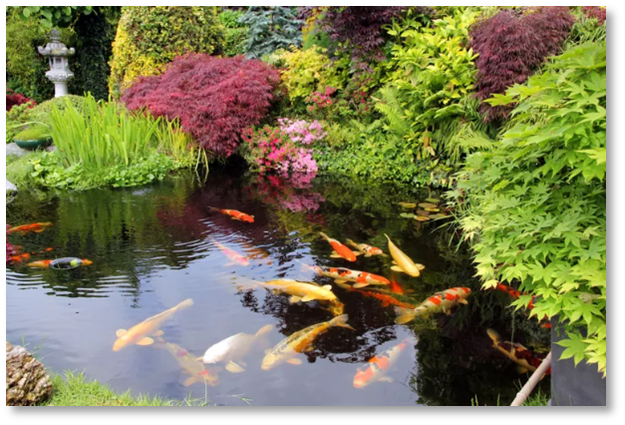
River
A large natural stream of fresh water along a definite course, usually into the sea, and fed by tributary streams.
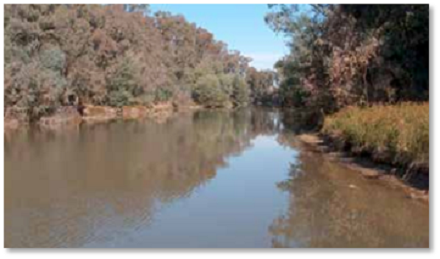
Spring
A natural outflow of ground water, as forming the source of a stream.
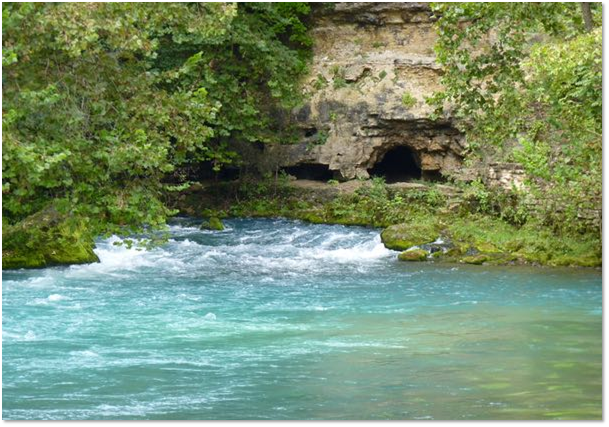
Stream
A small river or brook, usually shallow with a large surface compared to the depth. Land-water interchange is relatively extensive resulting in a more open ecosystem. Its shape is influenced by the continuous interaction between water and the watershed.
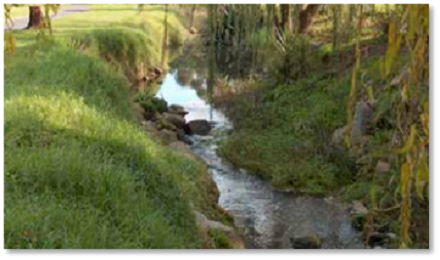
Swimming Hole
An area of a river, creek or billabong that has been set aside (officially or unofficially) for the purpose of recreational swimming.
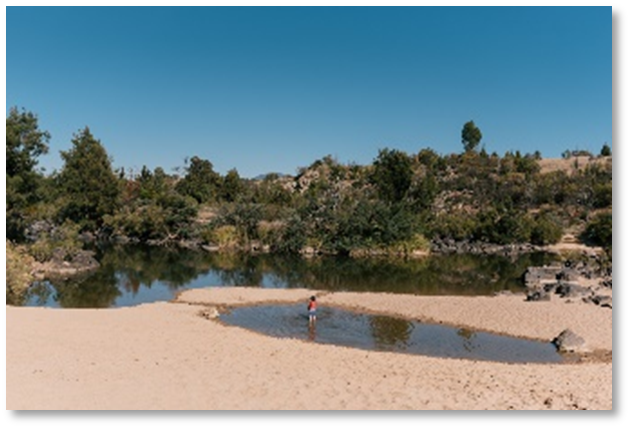
Water Trough
A narrow open container, typically used for food or water for animals.
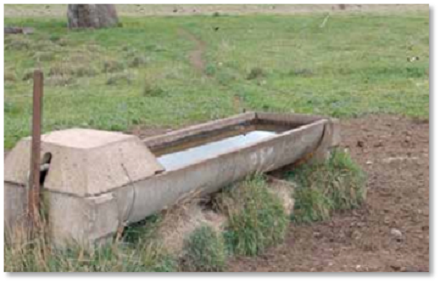
Well:
A hole or shaft that is excavated, drilled, bored or cut into the earth to tap a supply of water, oil, gas, etc. A natural pool where ground water comes to the surface.
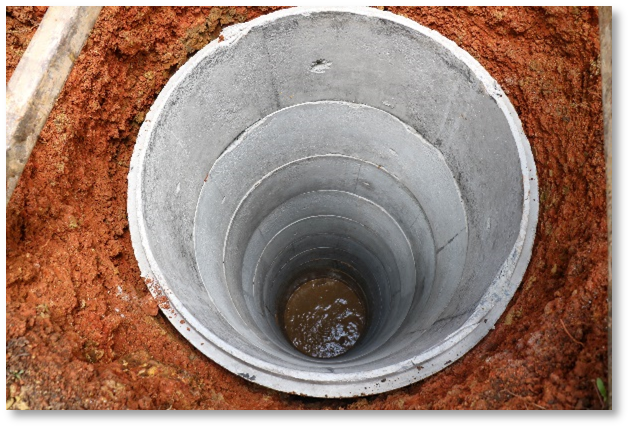
Wetland
An area of swampy or marshy land, typically considered as part of an ecological system.
